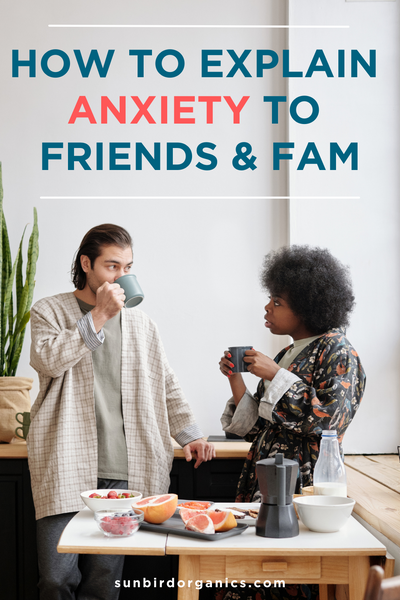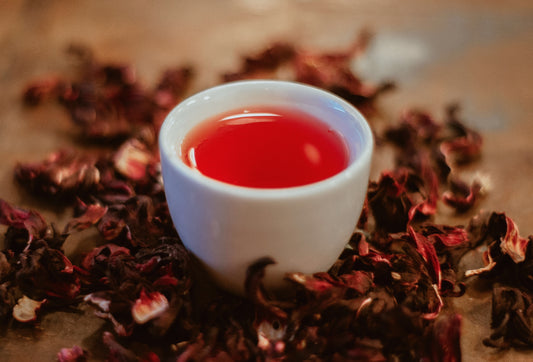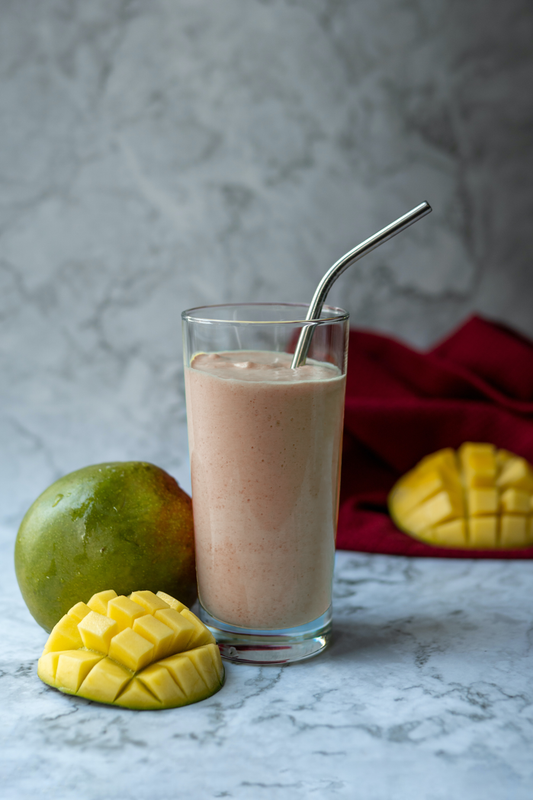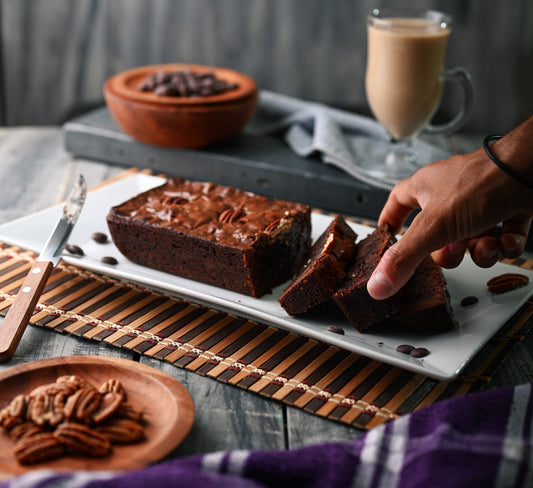It is sometimes hard to make sense of the pain, discomfort and distress that anxiety can cause in your life, so how can you properly explain it to your friends and family? Anxiety triggers can appear when you least expect them and sometimes the symptoms of anxiety — a racing heart, rapid breath, trembling, difficulty focusing, feelings of dread — seem to come out of nowhere. That means you may accept an invitation only to bow out at the last minute, or your chance at a productive morning is shot because you were up all night ruminating over something. This can lead to feelings of guilt when your anxiety gets the better of you.
Anxiety can present in many different ways for different people. This article focuses on how to explain anxiety to those you impact the most: your friends and family. By helping friends and family understand what you are feeling, you can take some of the pressure off yourself and reduce your guilt or others’ hurt feelings.
First you should know that you are not alone. It is estimated that 18% of the population suffers from some sort of anxiety disorder. Even though nearly 1 in 5 people suffer from anxiety, stigma around anxiety still exists. We don’t always want to admit it and we certainly don’t want to label ourselves out of fear, which sadly means that only about 1 in 3 of us seek professional treatment.
While only you can decide if you should seek professional treatment for anxiety, talking about anxiety to those closest to you may open up a new network of support you didn’t know you had. With this in mind, here are 5 steps to explain your anxiety to your family and friends.
- Tell yourself you’re no longer going to keep anxiety bottled up. Don’t keep silent, share your feelings with someone close to you. People care about you, truly, and want to support and understand you. Explain the anxiety to them by telling them about the thoughts and feelings you have and why it makes you behave the way you do. This can help them to understand if you’re acting differently than normal or why you’re not able to join in with certain things.
- Start by sharing what you feelings you experience in your body when anxiety sets in. Tell them certain situations can cause a fast heart beat, sweaty hands and a general nervous feeling. This is a good way to relate to the physical manifestations you are feeling-for example “being at parties may make my heart race.” Try to share how you feel with examples others can relate to. For instance, most people get nervous when speaking in public. Our hearts can pound and we can feel nervous. Tell them some everyday things can make you feel that way.
- Explain what’s happening in your mind when you’re feeling anxious. Explain that often the ‘fight or flight’ response is kicking in, creating a lot of adrenaline and making you feel as though a non-threatening situation is in fact, a life or death one. It can feel like you are in danger all the time.
- Next, tell them how they can help you. Someone close to you will want to help but they often don’t know how. You may not be looking for a strategy and may just need someone who listens. Perhaps you could use a hug or a little time to breathe deeply. Just be clear in your communication.
- Finally, explain that you can’t “just snap out of it.” People who are less sensitive may tell you to just snap out of it. Let these people know it is not something you can just turn off like a light switch. Your body is releasing hormones and chemicals to heighten your anxiety and you can’t just tell it to stop. This is more than just being a worrywart. You may have been told this when your condition first started. People may have even called you names to goad you out of your behavior. Again, explain that the worry you are feeling is real and caused by your anxious condition. It is not a personality trait.
Just because you can’t see it doesn’t mean it isn’t real. If a friend calls you up and tells you he broke his leg skiing, you can expect that the next time you see him he likely will have a cast on his leg and may be using crutches. This is a visible medical condition. Anxiety is invisible to others, especially if you have learned to hide it. Make sure you make your condition visible to others by explaining what is happening to you, how your body feels and what your brain is telling you.
Remember that it’s not your fault that you’re anxious so please try to be kind to yourself. It’s really important to ask for help and get treatment. Seek assistance, talk to your GP or call the National Alliance on Mental Health 1-800-950-NAMI (6264). Don’t suffer in silence, help is available.








